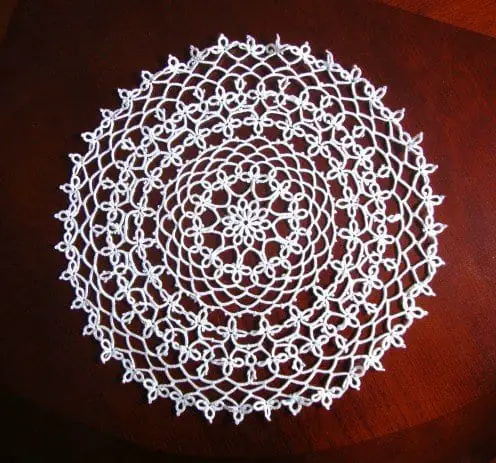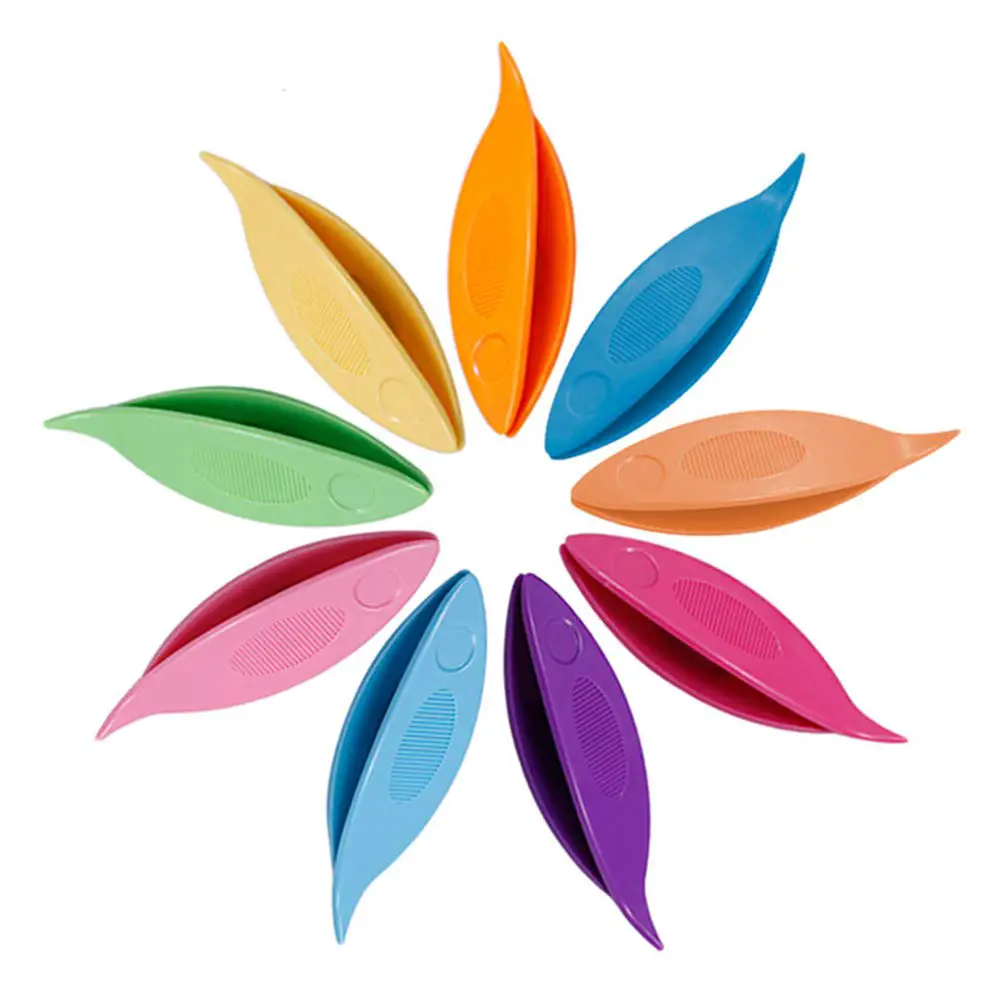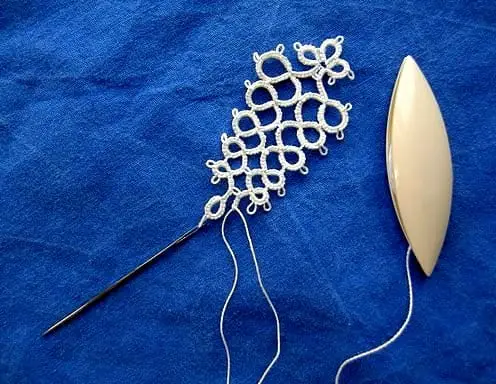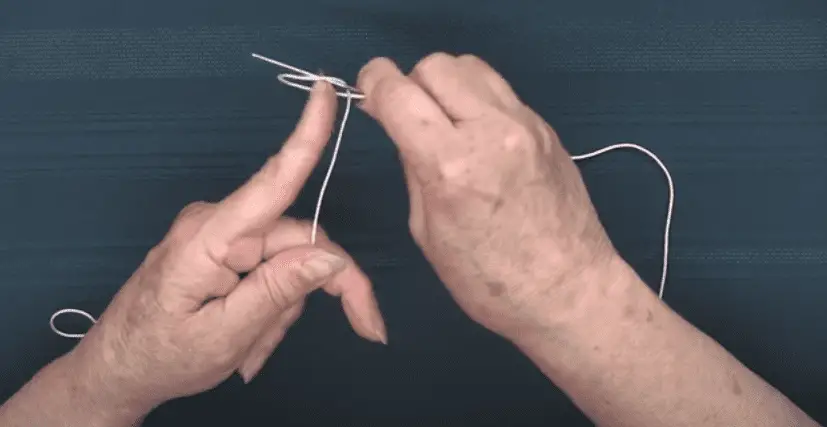
Tatting is one great technique of producing a beautiful, unique-looking lace with intricate designs. Shuttle lace or tatting, as the name implies, involves the use of the thread-carrying tatting shuttle that has been pointed on the tips. The tatter will wind the thread on a shuttle and will work stitches through your fingers in the middle thread.
Tatting consists of the basic units, such as the chain and the ring—the tatter fashions loops, knits, and picots, to form tatted lace. You can arrange the different sections in different positions that lead to intricate and almost perfectly tatted designs.
Tatted lace comes with a nice look that is undeniably beautiful. It is quite thicker compared to the crocheted lace. Likewise, it comes with a great definition to it plus a wonderful and admirable look.
The Fundamentals of Tatting

The art of tatting has been admired, used, and practiced through the centuries. This lace form is comprised of the curved lines and circles made by looping & tying the knots that glide on the main thread.
The fine thread will then be fed in the cat-eye-like shuttle. This tatting shuttle comes with 2 oval-shaped blades made of either ivory, bone, tortoise, or mother of pearl. The tips of the shell are pointed and fastened together in the center.
The best shuttle will contribute materially to fast, perfect work execution. During the 18th century, tatting was a very popular fashion. The shuttles used before were bigger than the ones used today due to voluminous materials that they need to carry.
“Tatters” is the given English name for tatting that denotes the fabric’s fragile disconnected character. Italians were calling it “occhi,” while the people in the Orient area still recognize it as “makouk” that derived from a shuttle they use in tatting. The term “tatting” encompasses a wide range of styles in lace-making and social elements of gatherings.
Tatting and Its Origin

Tatting got its beginning in the art of knotting. People of ancient times used knotting to add decorations to their clothes. Here are some interesting facts and myths about the history of tatting:
- Ancient Egyptians are said to be the first ones to use knotting on their garments.
- The Chinese also used knotting tactics and worked them into nice embroidered designs.
- In the 17th century, the art of knotting became more popular. Experts introduced new knotting styles that made tatting the favorite pastime of the Europeans.
- Early methods involved consecutive knots, making the job looked like tiny pearls of threaded beads.
- Knotting became extremely popular in England. Designs introduced were fancy threads that went further to the application of the golden thread. Queen Mary was believed to be one of the avid fans of tatting. She was among the ladies in Court who embraced the practice.
How Tatting is Being Executed
The tatting shuttle is holding the length of the injured thread. It wraps the thread all over one hand then the shuttle will pass through the loops in making knots. A few shuttles have a tiny hook on one tip in facilitating the process. See the video below to find out how you can get started with tatting:

Other Kinds of Tatting
There are 2 types of tatting: cro-tatting and needle tatting. Cro-tatting requires the tatting needle with one hook on one tip that is the same as the hooked tatting shuttle. It is possible to unwind in cro-tatting, making it the opposite of shuttle lace.
When it comes to needle tatting, the length will be threaded over the needle instead of winding the thread on the shuttle. While it looks the same as tatting, this particular method yields another type of effect. The tatting needles will be available coupled with a few patterns.
The design, style, and method will all depend on the tatter and her preferences. Nevertheless, the tatting shuttle has been the most typically used tool in creating tatted products.
Tatting in the Modern Era
At the beginning of the twentieth century, tatting has been a typical pastime. The magazines featured designs to inspire people to come up with various tatted items. However, people turned their backs to tatting when the commercial laces were made available in the sewing stores.
However, the tides turn, and the same was the scenario with handcrafting for making lace and fabric. The younger generations rediscover the happiness and satisfaction in getting back to the basics and crafting high-quality items with the help of their bare hands not just via crocheting and knitting, but with tatting also. The modern tatters choose to master the methods used by their grandparents and even great-grandparents.
With the internet, people of today will learn more about the art of tatting. It allows people to meet avid crafters who share their knowledge and expertise as tatters. So, getting started with this relaxing pastime is no longer challenging than you think.
